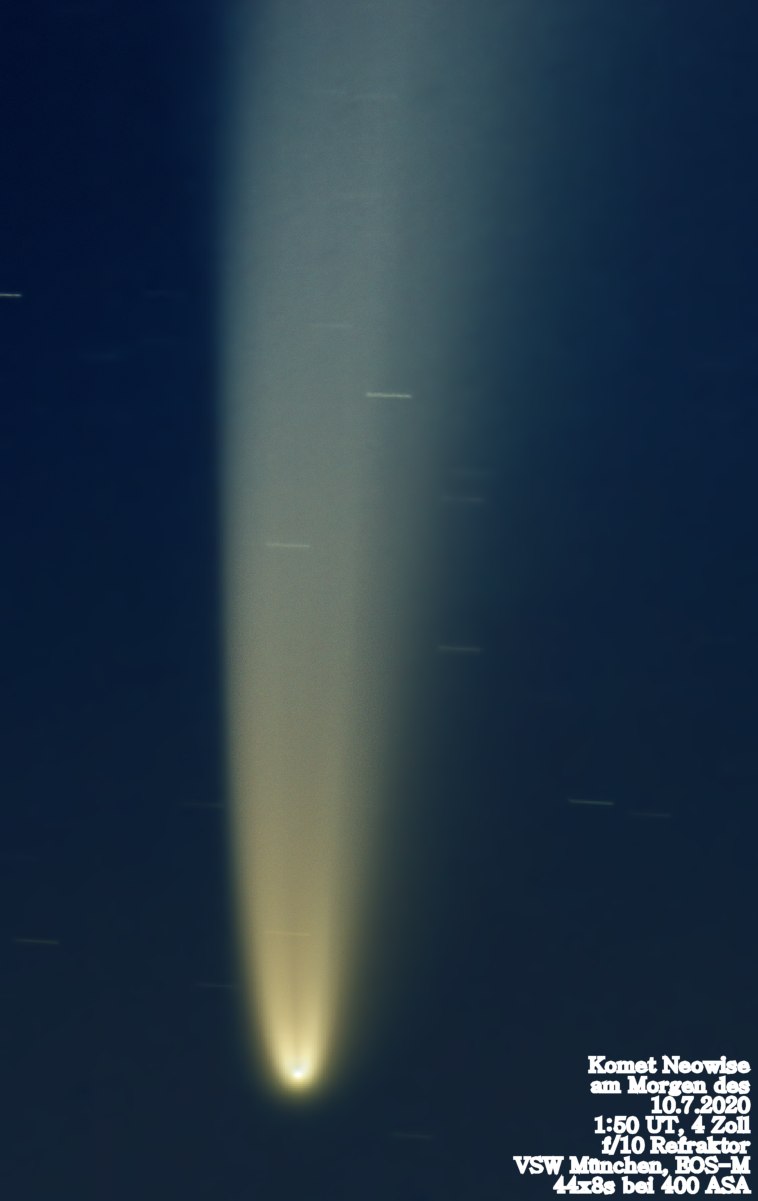The discovery of dark matter is one of the greatest astronomical achievements of the last 100 years. Fritz Zwicky was the first to research this phenomenon. He recognised that gravity produced by unknown particles was a dominant force in our universe and that the majority of the matter in our universe is not visible. He was never awarded a Nobel Prize for dark matter as he died in 1974. But the significance of his discovery is clear today.
Zwicky’s domain was Mount Palomar. A new camera system there has been named after him. It was developed to detect transient objects with rapidly changing magnitudes, such as supernovae, gamma ray bursts, neutron star collisions, and moving objects like comets and asteroids.
In March 2022, the Zwicky Transient Facility (ZTF) detected a new comet, which is able to cross over to being visible with the naked eye at the beginning of 2023. It will not be a bright object when seen with the naked eye, however it should already be clearly visible with binoculars or a telescope by the end of December.
Comet C/2022 E3 (ZTF) will reach its maximum magnitude of 5 mag and will then be visible in the sky near the Polaris for a few days. A dark sky is important for observation, a moonless night preferably. The Moon is waxing at this time and the full moon is on 5th February. The comet is circumpolar and visible for the entire night. However, the waxing Moon means that the moonless early morning hours will be ideally suited to observation. Finder charts can be found at:
https://cometchasing.skyhound.com/
It is 2 years since the last comets were visible from the UK. In summer 2020, comet NEOWISE adorned the sky. A comparable spectacle should not be expected for ZTF. But comets are unpredictable. Even NEOWISE was predicted to be much fainter than it was.

